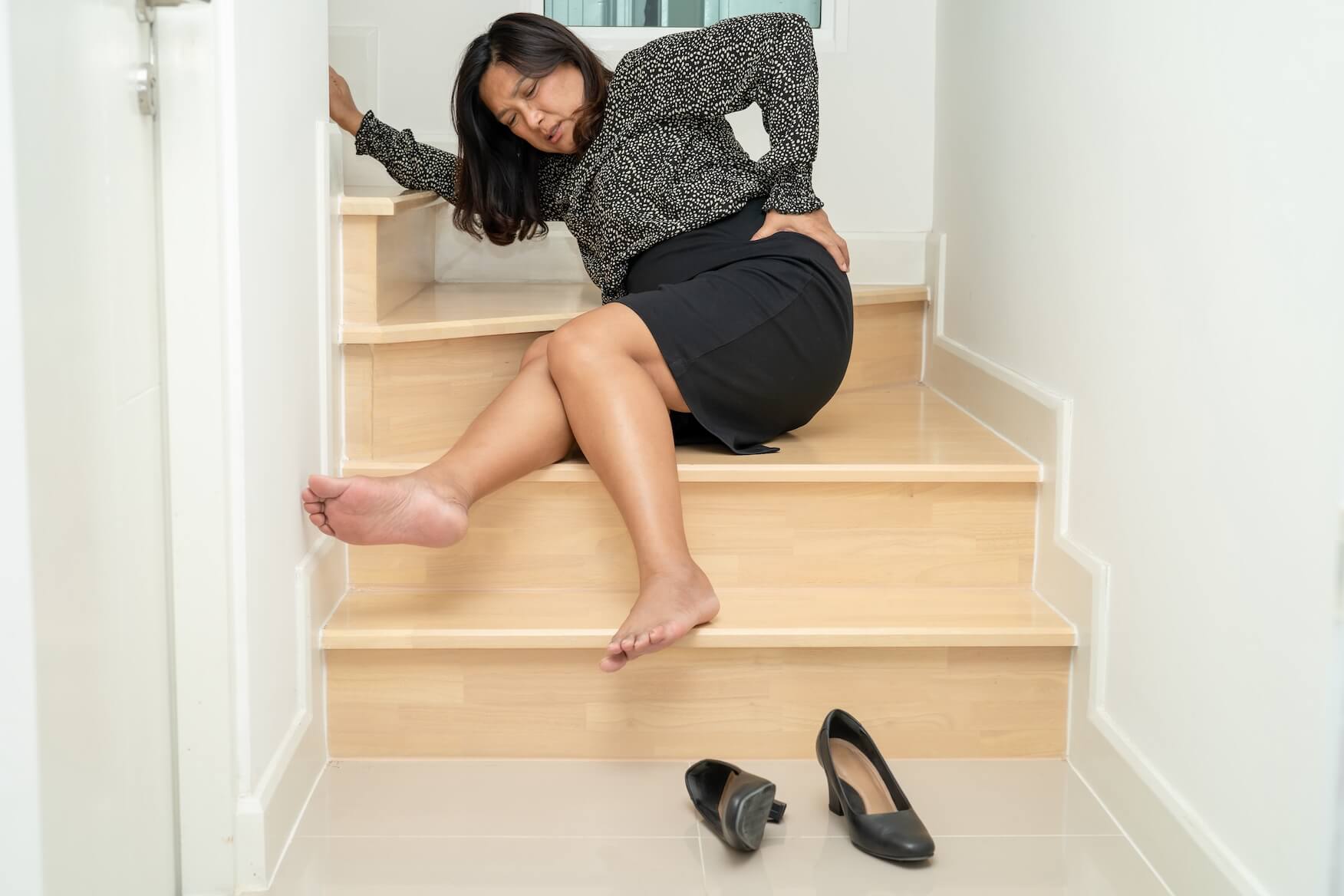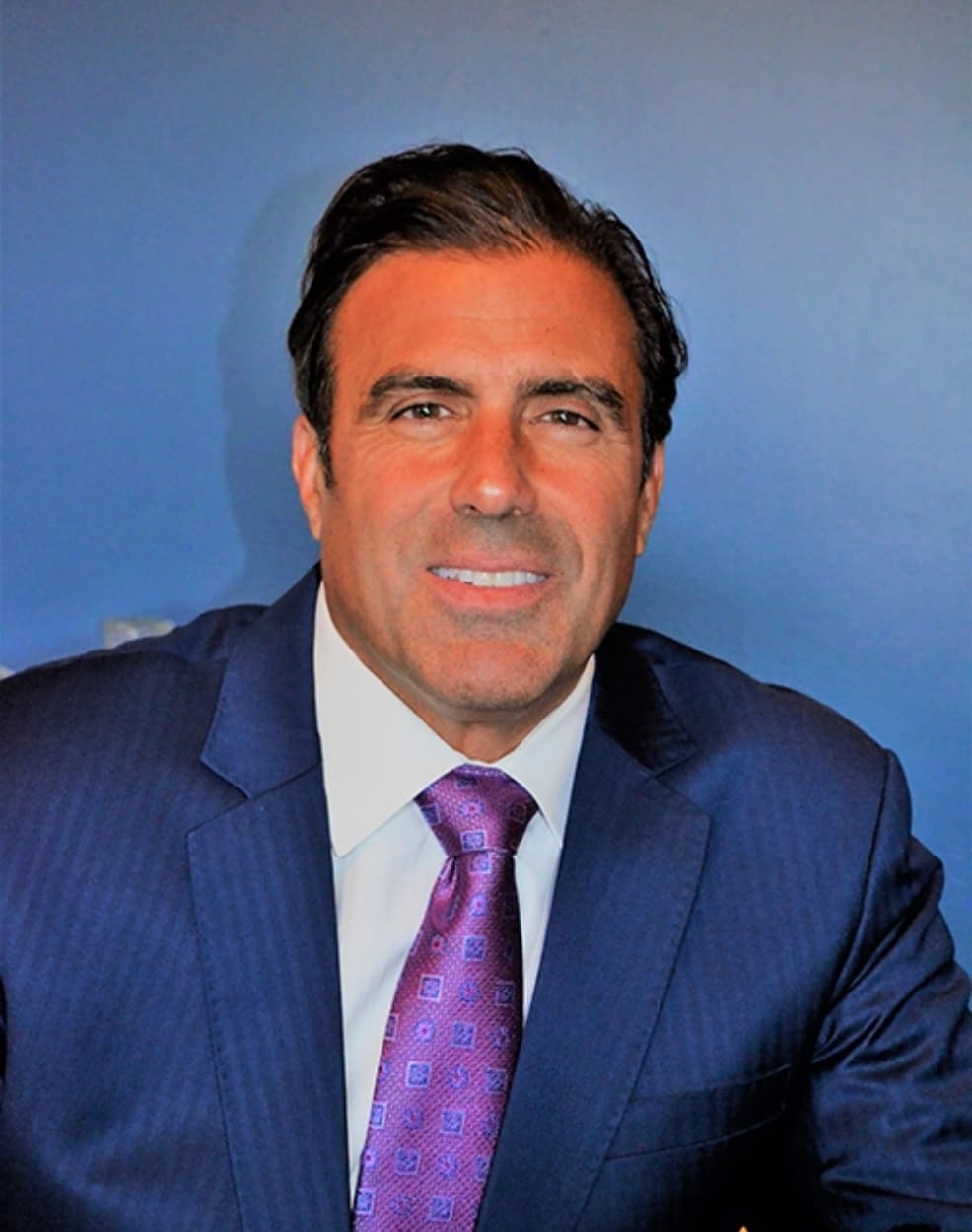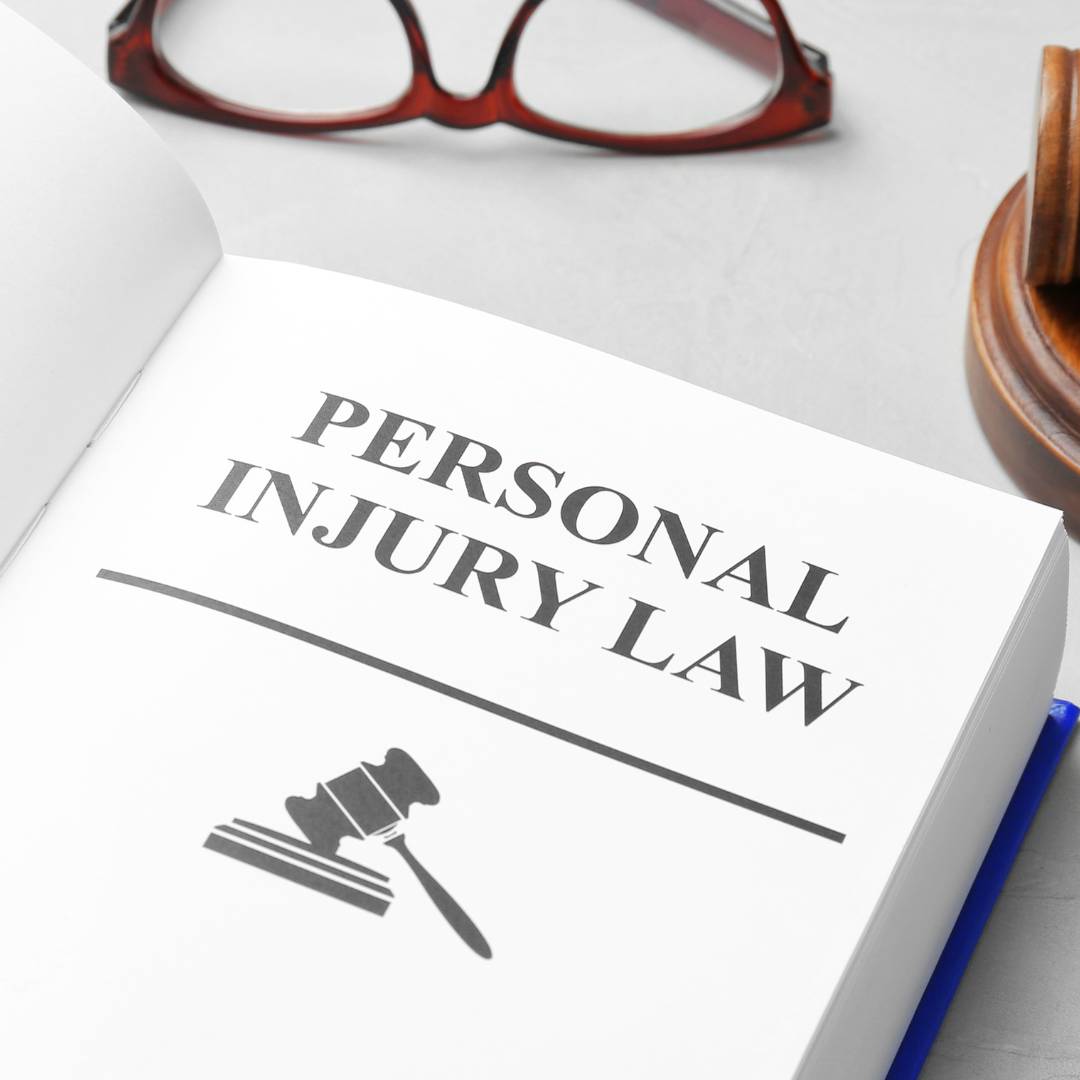Premises liability law governs the responsibility property owners have to maintain safe conditions for people who enter their property. In Illinois, this area of law is designed to protect visitors from injuries caused by unsafe or defective conditions.
If you have been hurt on someone else’s property, understanding the basics of premises liability can help you know your rights and what it takes to build a winning case.
What Is Premises Liability Law? An Overview for Illinois
In Illinois, premises liability law governs the obligations of property owners, landlords, tenants, and even certain managers or operators to keep their premises in a reasonably safe condition for those who enter lawfully. This duty stems from the Illinois Premises Liability Act, which specifies that those who own or control property must take active steps to prevent foreseeable harm to others.
These laws apply to a wide variety of properties, ranging from private residences and apartment buildings to retail stores, office complexes, and public spaces. The core idea is that individuals who invite others onto their property must take responsibility for hazards that could cause harm if not addressed.
Ensuring a safe environment involves regular inspections, maintenance, and the removal or repair of dangerous conditions. When immediate repairs aren’t possible, owners are required to provide clear warnings, such as posting signs or cordoning off the area. In some cases, the duty of care also extends to security measures, such as adequate lighting or security personnel, to prevent foreseeable crimes.
Failure to take such reasonable steps can expose property owners to legal claims if someone suffers an injury.
Types of “Visitors” in Premises Liability Law
Illinois law categorizes visitors into three main groups: invitees, licensees, and trespassers. The property owner’s legal duty depends heavily on the classification of the person who enters the premises. This classification determines not only the level of care required but also the extent of liability if an accident occurs.
In other words, the law recognizes that the expectations of safety differ for someone shopping in a store compared to someone sneaking onto the property without permission.
Invitee
An invitee is a person who is invited onto the property for a purpose that benefits the property owner, such as a customer in a retail store or a client visiting an office. Invitees are owed the highest duty of care under Illinois law.
Property owners must take active measures to keep the premises safe for them, which includes regular inspections, prompt repairs, and clear warnings about hazards. If a hazard exists, the owner must address it as quickly as possible or warn invitees through visible signage or barriers. For example, a supermarket is expected to monitor aisles frequently for spills and clean them up immediately to prevent accidents.
Licensee
A licensee is someone who enters a property for their own purpose but with the owner’s permission, such as a friend invited for dinner. Property owners are not obligated to actively search for and correct hazards for licensees, but they must warn them about dangers they are aware of. For instance, if a homeowner knows that their back porch steps are loose and could cause a fall, they are required to inform their guest before allowing them to use that area.
The duty of care for licensees is less than for invitees but still demands honesty and proactive warnings about known risks.
Trespasser
A trespasser is an individual who enters a property without permission or legal right. Generally, property owners owe minimal duty to trespassers. They are not required to make the premises safe for them. However, they cannot willfully or wantonly cause harm to trespassers.
Special rules apply to children under the “attractive nuisance” doctrine. For example, if a property owner has an unfenced swimming pool, they may be liable if a child trespasses and drowns, as the pool could be considered an enticing hazard that should have been secured.

What Is a Premises Liability Case?
A premises liability case arises when a person sustains injuries due to unsafe or hazardous conditions on another person’s property. These cases are rooted in the principle that property owners who fail to meet their legal duty of care can be held responsible for the harm caused.
Consider a shopper in a grocery store who slips on a puddle of spilled juice that has been left unattended for over an hour, resulting in a broken arm. This scenario could form the basis of a premises liability claim if it can be shown that the store employees knew or reasonably should have known about the spill and failed to clean it up or warn customers.
Such cases can involve both temporary hazards, like wet floors or icy sidewalks, and ongoing dangerous conditions, such as faulty wiring, structural defects, or insufficient security in high-crime areas. The injured party must prove that the unsafe condition existed, that it was reasonably foreseeable, and that the property owner failed to address it in a timely and reasonable manner.
While the specifics vary depending on the facts, the underlying goal is to establish that the injury was preventable had the property owner exercised proper care.
Examples of Premises Liability Cases
Premises liability cases can arise from a wide range of circumstances. These cases occur in both public and private spaces, spanning everything from homes and apartment complexes to shopping malls and office buildings. Often, the incident involves a preventable hazard that the property owner failed to address in time.
Here are a few examples of premises liability claims:
- Slip and fall or trip and fall accidents: Caused by wet floors, uneven pavement, loose rugs, or cluttered walkways
- Inadequate maintenance of premises: Includes failure to repair damaged stairs, broken railings, potholes, or structural issues
- Swimming pool accidents: Occur due to lack of safety barriers, inadequate supervision, or faulty equipment
- Elevator or escalator malfunctions: Result from sudden stops, jerks, or mechanical failures that cause harm
- Dog bites or animal attacks: Happen when pets are not properly restrained, trained, or monitored
- Negligent security leading to assaults or robberies: Linked to poor lighting, broken locks, or lack of security measures in vulnerable areas
- Falling objects from shelves or displays: Occur when items are improperly stacked or secured, posing a risk to passersby
These examples demonstrate how hazards—whether from neglect, poor design, or lack of maintenance—can lead to serious injuries. They underscore the importance of property owners taking active steps to identify and correct dangerous conditions before an incident occurs.
Key Elements of a Premises Liability Case
To successfully argue a premises liability claim in Illinois, the injured party must prove five key elements. Each element works like a link in a chain, and if one link is missing or weak, the entire case can fail. By addressing each of these elements thoroughly, plaintiffs can build a strong, cohesive argument that connects the hazardous condition directly to their injuries and resulting losses.
Let’s illustrate these elements using an example: a delivery driver who slips on a patch of ice on a poorly lit apartment complex walkway.
Dangerous Condition
First, there must be an unsafe condition on the property, such as ice on a walkway, a broken handrail, or an unmarked step. The plaintiff must show that the hazard posed an unreasonable risk of harm, not just a minor inconvenience. For our example, the ice patch represents the dangerous condition.
Property Owner’s Duty of Care
The plaintiff must establish that the property owner owed them a legal duty based on their status as an invitee, licensee, or trespasser. The delivery driver in our scenario would likely be considered an invitee, meaning the property owner had an obligation to inspect the premises and address hazards like icy walkways.
Negligence
Establishing negligence requires showing that the property owner knew or should have known about the dangerous condition and failed to act. In the example, perhaps tenants had complained about the walkway’s poor lighting and lack of snow removal in the past, yet management took no steps to improve conditions.
Causation
The plaintiff must also prove causation; in other words, that the dangerous condition directly caused their injury. The delivery driver would need to show that they slipped specifically because of the ice patch and not due to unrelated factors like improper footwear or running while carrying a heavy package.
Damages
Finally, the injured party must demonstrate actual harm, such as medical bills, lost income, or physical pain. In our scenario, the delivery driver might present hospital records for a fractured wrist, evidence of missed work shifts, and documentation of ongoing physical therapy costs.
Common Challenges in Premises Liability Cases
While many premises liability claims are valid, pursuing them often requires navigating complex legal and evidentiary hurdles. Property owners and insurance carriers frequently deploy strategies to weaken a claim, so it’s important for plaintiffs to anticipate and counter these tactics effectively.
The “Open and Obvious” Doctrine
The open and obvious defense argues that the hazard was so apparent that a reasonable person would have noticed it and avoided it. For example, a large, bright yellow caution cone in front of a spill could be used to claim the injured party ignored an obvious warning.
To counter this type of defense, plaintiffs may need to show that distractions, lighting conditions, or the hazard’s location made it less obvious in practice than in theory.
Proving Duration of the Hazard
Demonstrating how long a dangerous condition existed before the incident can be challenging. Without concrete proof—such as surveillance video, timestamps from maintenance logs, or testimony from witnesses—it may be difficult to establish that the owner had a reasonable opportunity to discover and remedy the hazard.
Lawyers often seek circumstantial evidence, like recurring complaints or patterns of neglect, to bolster this point.
Comparative Negligence
Under the Illinois modified comparative negligence rule, if the injured party is partially responsible for their own harm, their compensation is reduced proportionally, and if they are more than 50% at fault, they recover nothing. Defense attorneys may highlight plaintiff behaviors, like wearing unsafe footwear, using a phone while walking, or disregarding safety signs, to shift fault.
Overcoming this challenge involves carefully documenting the victim’s actions and establishing that the hazard was the primary cause of the injury.
Establishing Knowledge of the Hazard
To hold an owner liable, it must be proven they knew or reasonably should have known about the dangerous condition. This process can involve presenting evidence of prior incidents, customer or tenant complaints, inspection schedules, and maintenance records. In some cases, the condition may have been present for such a length of time that the court can infer constructive knowledge even without direct proof.

6 Strategies for Winning a Premises Liability Case
Winning a premises liability case calls for a deliberate, well-planned approach that anticipates challenges and positions your case for success. By taking specific, actionable steps, plaintiffs can strengthen their claims and increase their chances of securing favorable outcomes.
1. Investigate Immediately & Thoroughly
Acting quickly is critical. Hazards can be repaired, evidence can disappear, and memories can fade in a matter of days. Promptly securing photographs, videos, and witness statements preserves vital details. A thorough investigation may also include reviewing maintenance logs, requesting security footage, and identifying prior complaints or safety violations.
2. Establish the Owner’s Knowledge & Negligence
One of the strongest strategies is to prove that the property owner either knew about the dangerous condition or should have known through reasonable inspections. This process involves piecing together timelines, uncovering patterns of neglect, and identifying lapses in safety protocols. Demonstrating repeated issues or ignored warnings can be highly persuasive.
3. Connect the Hazard Directly to the Injury
The link between the unsafe condition and the injury must be crystal clear, which means aligning medical records, expert evaluations, and witness accounts to show a direct cause-and-effect relationship. Eliminating alternative explanations makes it much harder for the defense to dispute liability.
4. Counter the “Open and Obvious” Defense
This defense can derail a case if left unaddressed. Plaintiffs can weaken it by showing that factors such as poor lighting, visual obstructions, or distractions made the hazard less noticeable than the defense claims. Showing that a reasonable person might not have seen the danger under the circumstances is key.
5. Leverage Expert Testimony
Experts bring authority and clarity to technical details. Safety engineers, building code specialists, and medical professionals can provide insights that strengthen the plaintiff’s position by explaining why the hazard was unsafe and how it caused the injuries.
6. Hire an Experienced Premises Liability Attorney Early
Securing legal counsel early can significantly improve the outcome of a case. An experienced attorney will know which evidence to prioritize, how to approach witnesses, and how to anticipate defense strategies. They can guide the investigation from the outset and make sure no critical details are overlooked.
How a Premises Liability Attorney Can Help
Hiring a skilled premises liability attorney can make the difference between a denied claim and a significant settlement. Attorneys not only understand the law but also know how to strategically present a case for maximum impact.
Comprehensive Case Evaluation
An attorney will thoroughly assess the facts, review applicable laws, and determine the viability of your claim. This initial evaluation helps set realistic expectations and identifies the strongest angles for pursuing compensation.
Evidence Gathering & Preservation
Attorneys act quickly to secure and preserve evidence before it is lost or altered, including photographs, maintenance reports, prior incident records, security footage, and expert inspections, all of which can be pivotal in proving liability.
Navigating Complex Legal Standards
Different visitor classifications—invitee, licensee, trespasser—carry different legal obligations for property owners. Attorneys ensure these distinctions are applied correctly to avoid errors that could undermine the case.
Negotiating with Insurance Companies
Insurance companies often aim to settle for the lowest possible amount. A knowledgeable attorney can counter these tactics with well-supported arguments and negotiate for a settlement that reflects the true value of the claim.
Litigating in Court
When a fair settlement isn’t possible, attorneys are prepared to take the case to trial. They craft persuasive narratives, present evidence effectively, and challenge the defense’s arguments through strategic questioning.
Contact an Experienced Chicago Premises Liability Attorney Today
If you or a loved one has been injured due to unsafe property conditions in Illinois, Vasilatos Injury Law is ready to help. Our experienced premises liability team will investigate your case, build a strong claim, and fight tirelessly for the compensation you deserve.
We have represented hundreds of personal injury clients and obtained millions of dollars in awards for our clients in Chicago and across Illinois. You can rely on us to guide you toward a favorable outcome for you and your family.
Contact us today to schedule a free consultation and start the path toward justice.



.jpg)

Leave a Comment